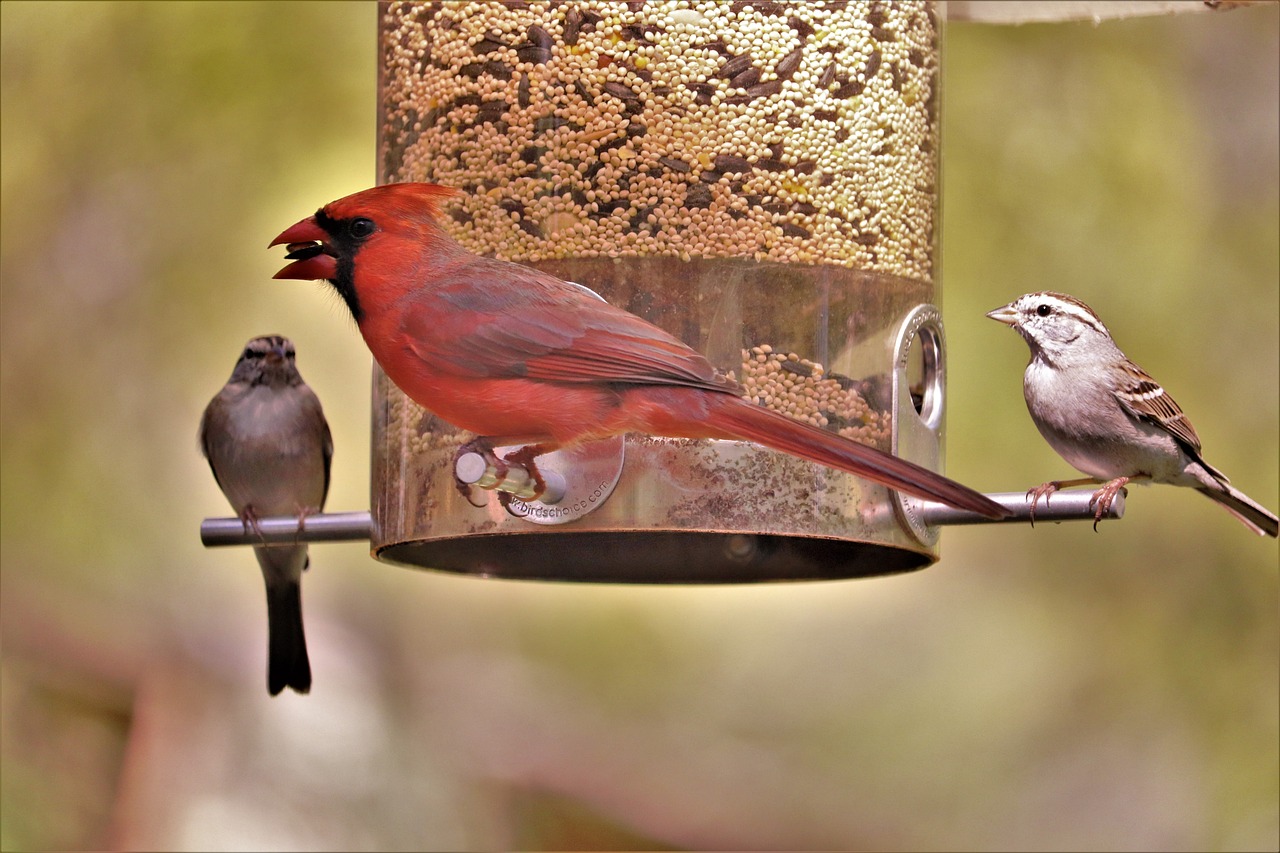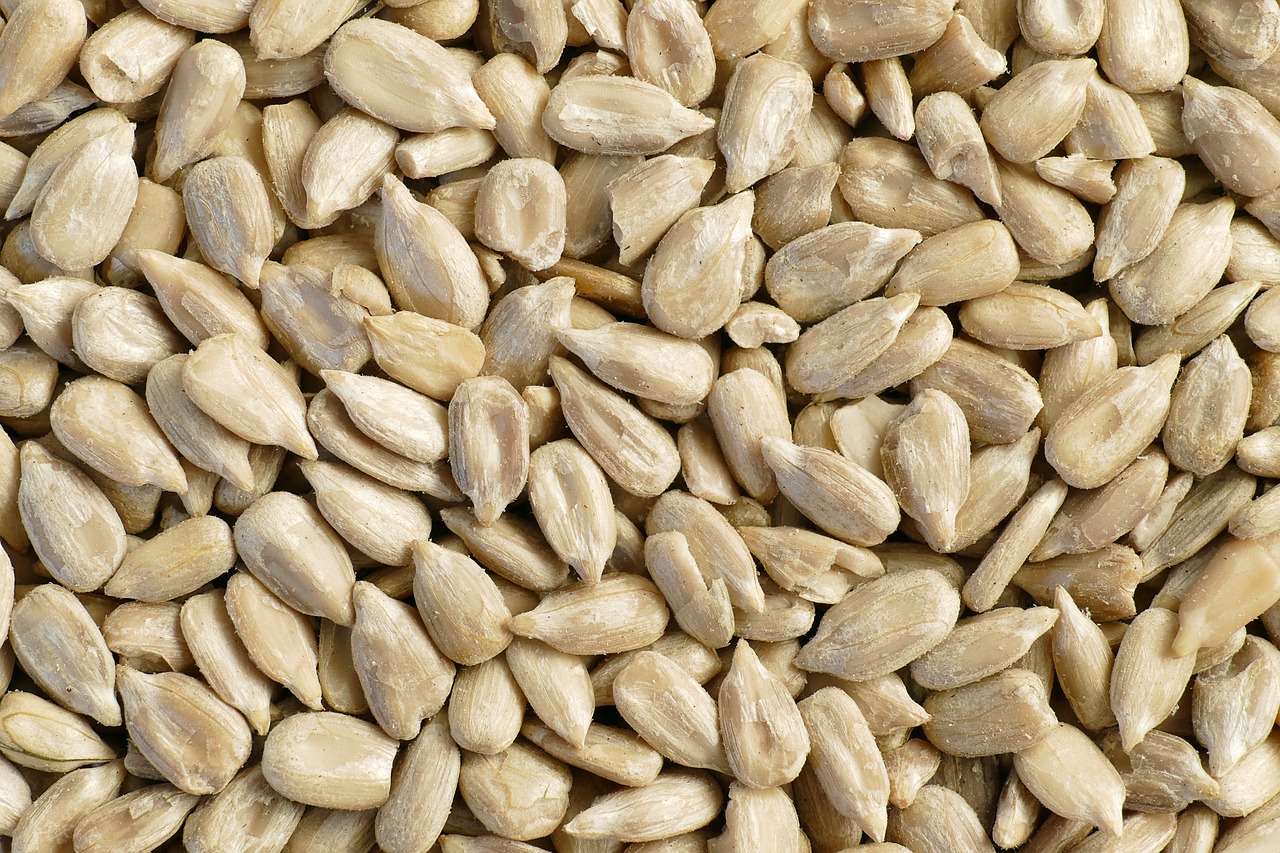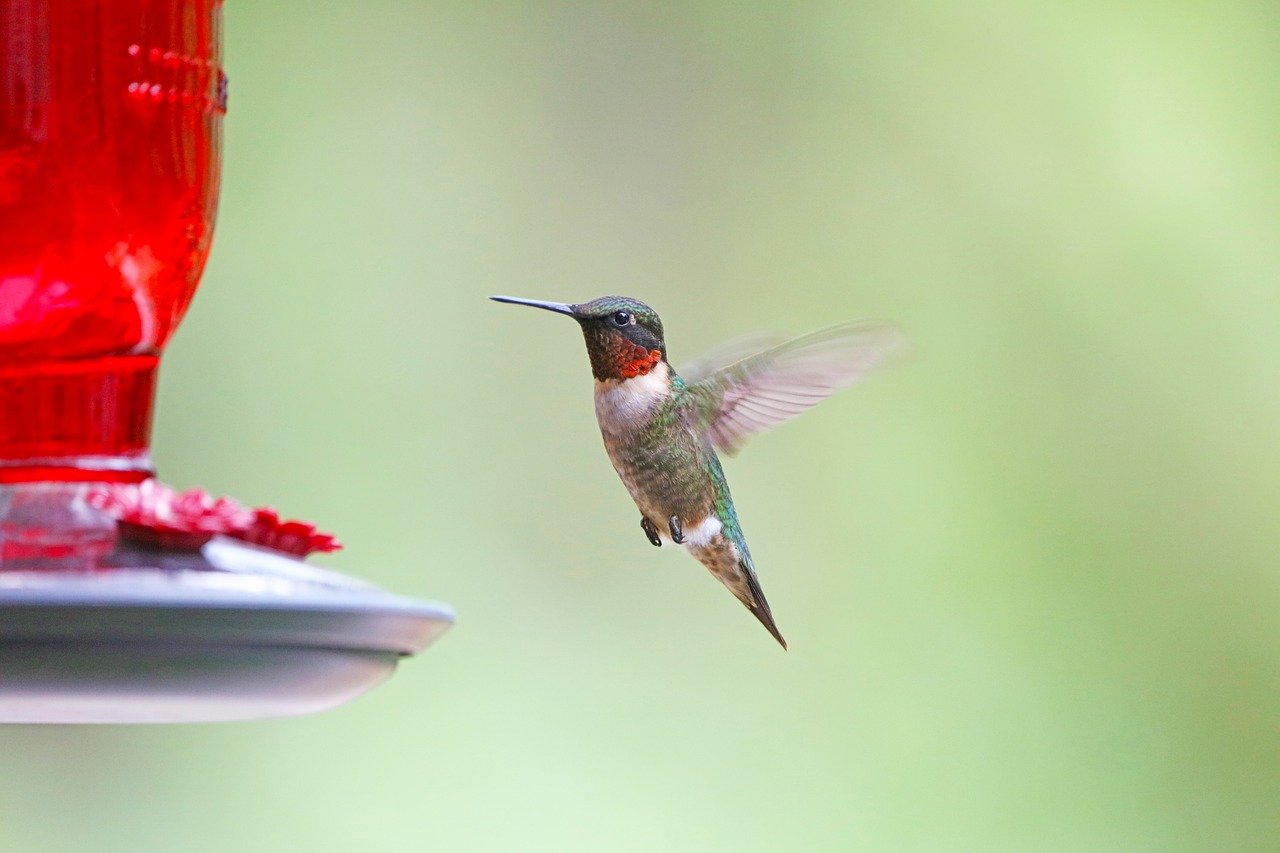How to Feed and Attract Birds
1. Types of Feeders
Putting up bird feeders in a yard or outdoor space is a great first step to brightening up the view from your window. A well-tended set of feeders can attract throngs of regular visitors, and may also host unusual birds that visit with the seasons, such as Pine Siskins, Redpolls, Evening Grosbeaks, and more. But there is s a tremendous variety of bird feeders to choose from, so where do you start? It helps to recognize that most seed feeders are variations on just a few basic designs: trays, hoppers, tubes, window mounts, and suet feeders. Platform feeders attract the widest variety of seed-eating feeder birds, although they are the most susceptible to raids by squirrels and other possibly unwanted guests. Hopper feeders look nice, hold lots of seed, and provide a roof to keep the seed dry and fresh. But they can be hard to clean, and they usually offer easy access to squirrels. These versatile feeders are easy to hang from a line or a shepherd crook. Different types allow you to target different species, sizes, and numbers of birds. A busy window feeder offers breathtaking, up-close views of feeder visitors and helps keep birds safe from window collisions. Designs include clear plastic hoppers that affix to windows with suction cups; or sturdy platform feeders that hook into window frames. Nyjer, also called thistle, feeders attract species such as goldfinches, Pine Siskins, Redpolls, Indigo Buntings, giving these small songbirds their own spot away from larger species that may dominate sunflower feeders. They typically come in two designs: a tube feeder with very small openings; or a fine mesh bag or thistle sock. Suet feeders are a great way to offer high-energy food to birds, especially woodpeckers, nuthatches, chickadees, titmice, starlings, jays, and sometimes Carolina Wrens and Pine Warblers. They are most often used during the cooler temperatures of winter, though you can find suet formulations that are stable during hotter temperatures. They come in two main designs: a wire cage built to hold blocks of suet; or pieces of wood or fake wood in which you can smear suet or peanut butter. Nectar feeders are a great way to attract these amazing, feathered jewels; you can hang a feeder almost anywhere; and they are great even if you do not have a yard. You might even attract other species including orioles or Cape May Warblers.

2. Bird Seed
There are two kinds of sunflower: black oil and striped. The black oil seeds or oilers, have very thin shells, easy for virtually all seed-eating birds to crack open, and the kernels within have a high fat content, extremely valuable for most winter birds. Striped sunflower seeds have a thicker shell, much harder for House Sparrows and blackbirds to crack open. So if you are inundated with species you would rather not subsidize at your black oil sunflower, before you do anything else, try switching to striped sunflower. Safflower has a thick shell, hard for some birds to crack open, but is a favorite among cardinals. Some grosbeaks, chickadees, doves, and native sparrows also eat it. Small finches including American Goldfinches, Lesser Goldfinches, Indigo Buntings, Pine Siskins, and Common Redpolls often devour these tiny, black, needle-like seeds. As invasive thistle plants became a recognized problem in North America, suppliers shifted to a daisy-like plant, known as Guizotia abyssinica, that produces a similar type of small, oily, rich seed.The plant is now known as niger or nyjer, and is imported from overseas. The seeds are heat-sterilized during importation to limit their chance of spreading while retaining their food value. White millet is a favorite with ground-feeding birds including quails, native American sparrows, doves, towhees, juncos, and cardinals. Unfortunately it is also a favorite with cowbirds and other blackbirds and House Sparrows, which are already subsidized by human activities and supported at unnaturally high population levels by current agricultural practices and habitat changes. When these species are present, it is wisest to not use millet; virtually all the birds that like it are equally attracted to black oil sunflower. Corn is eaten by grouse, pheasants, turkeys, quails, cardinals, grosbeaks, crows, ravens, jays, doves, ducks, cranes, and other species. Unfortunately, corn has two serious problems. First, it is a favorite of House Sparrows, cowbirds, starlings, geese, bears, raccoons, and deer—none of which should be subsidized by us. Second, corn is the bird food most likely to be contaminated with aflatoxins, which are extremely toxic even at low levels. Peanuts are very popular with jays, crows, chickadees, titmice, woodpeckers, and many other species, but are also favored by squirrels, bears, raccoons, and other animals that should not be subsidized.

3. Other Types of Food
Seeds are a great way to get birds into your yard, but they are not the only food group out there. Birds have varied diets and some of the following foods will help you attract an even greater selection of birds. Suet is technically defined as the hard fat around the kidneys and loins in beef and mutton, but in common usage, most kinds of beef fat are also called suet and can safely be fed to birds. Suet is particularly attractive to woodpeckers, nuthatches, chickadees, jays, and starlings. Wrens, creepers, kinglets, and even cardinals and some warblers occasionally visit suet feeders. In winter, especially in cold climates, peanut butter is a nutritious food to offer birds. Peanut butter sold in grocery stores is certified safe for human consumption, and is safe to offer birds when cold or cool temperatures keep it fairly hard. In warmer weather it must not be kept outside long enough to become rancid or soft. Mealworms can be an excellent source of protein, calcium, and vitamins for a great many birds, including some that normally do not visit feeders, but mealworms are only as healthful as the diet they are fed.In the tropics, many people set out fruit for birds, attracting a large number of tanagers and other species that people in North America seldom consider feeder birds. But even in the north, robins, thrushes, waxwings, bluebirds, mockingbirds, catbirds, and tanagers can sometimes be attracted to feeders providing fruit. Because few people in the United States or Canada offer fruit at feeders, few individuals of these species have experience eating at feeders, so it can be tricky to entice them to get close enough to figure out the concept. Fresh berries; chunks of fresh apples, melons, or grapes; or frozen berries, are excellent choices. Raisins or currants that have been softened by soaking in water may also be good. Orange halves are particularly attractive during spring migration, especially to orioles. Orioles, catbirds, and sometimes Cape May Warblers can be enticed to visit feeders offering jelly. Make sure to only offer very small quantities at once, because jelly gets extremely sticky; small birds can become mired in it.
4. Hummingbirds
Use table sugar rather than honey to make hummingbird food when honey is diluted with water, bacteria and fungus thrive in it. The normal mixture, especially ideal during hot or dry weather, is a 1/4 cup of sugar per cup of water. During cold, rainy, or foggy conditions when fresh water is plentiful but birds need more energy, it is fine to make the mixture a one 1/3 of sugar per cup of water. Concentrations of sugars in natural nectars vary within about that range. If you mix up small quantities of sugar water every day or two, there is no need to boil the water. But if you mix up larger batches and refrigerate part for later use, then it is wise to make the mixture with boiling water. With hummingbirds, more feeders are usually better than larger feeders. Hummingbirds are often extremely territorial around feeding sites, and so four tiny feeders with one feeding port each, set around your home, will attract and maintain more hummingbirds than one large feeder with eight ports.

5. Deter Raccoons and Squirrels
It can be fun to watch a persistent squirrel finagle its way to your bird food, but if squirrels overrun your feeders, they can discourage birds from visiting. One way to keep squirrels from consuming volumes of bird seed is to distract them by feeding peanuts or dried ears of corn in a location some distance from your feeders. You also can try squirrel-proof bird feeders, but squirrels often find a way into these feeders, too. Squirrel baffles, or barriers placed between squirrels and feeders, are usually the best way to keep squirrels away from your seed. On pole-mounted feeders, baffles can be placed beneath the feeder to keep squirrels and other mammals from climbing the pole. However, squirrels can jump to feeders placed less than ten feet from a tree or building. If squirrels are jumping from above, a tilting baffle at least 18 inches in diameter placed above the feeder might work. If your feeder is hung from a horizontal line, try placing lengths of plastic tubing around the line; the tubing should spin when a squirrel tries to walk on it. If raccoons, deer, or moose become a nuisance, the best tactic is to make your feeders inaccessible with fencing or baffles. Another option is to string a cable between two trees and suspend your feeders above the reach of the hungry critters. If these approaches are impractical, you will probably have to remove your feeders temporarily until the animals move on in search of food elsewhere. If your mammalian visitors appear only at night, try taking your feeders inside at dusk.
